Five Years: Potential Problems for Kazakhstan’s South Stemming from Canal in North Afghanistan
 Photo: The Kabul Times
Photo: The Kabul Times
Irrigated agriculture has existed in Central Asia for centuries. Despite the situation surrounding the Aral Sea, it remains the main type of agriculture in most Central Asian countries.
At the same time, irrigation has a growing number of problems every year. By 2028 experts predict a water shortage. Orda has looked into the matter.
Sand
Central Asian countries’ representatives were gathered at a round table in Almaty by experts of the Eurasian Development Bank, who had previously conducted a detailed study of the state of irrigation in the region. And, judging by their report, the condition is bad.
In total, there are 10.1 million hectares of irrigated land in Central Asia. A large proportion is in Uzbekistan — 4.3 million, where this type of agriculture is dominant. Kazakhstan is in second place in terms of total area. In our country, 2.2 million hectares of agricultural land are irrigated.
However, in the total share of Kazakhstan's arable land, this is only 7.6%. But if we look at the southern regions separately, then irrigation is actually the only option for farming. In general, irrigated agriculture accounts for 65.5% of gross agricultural output in Central Asia.
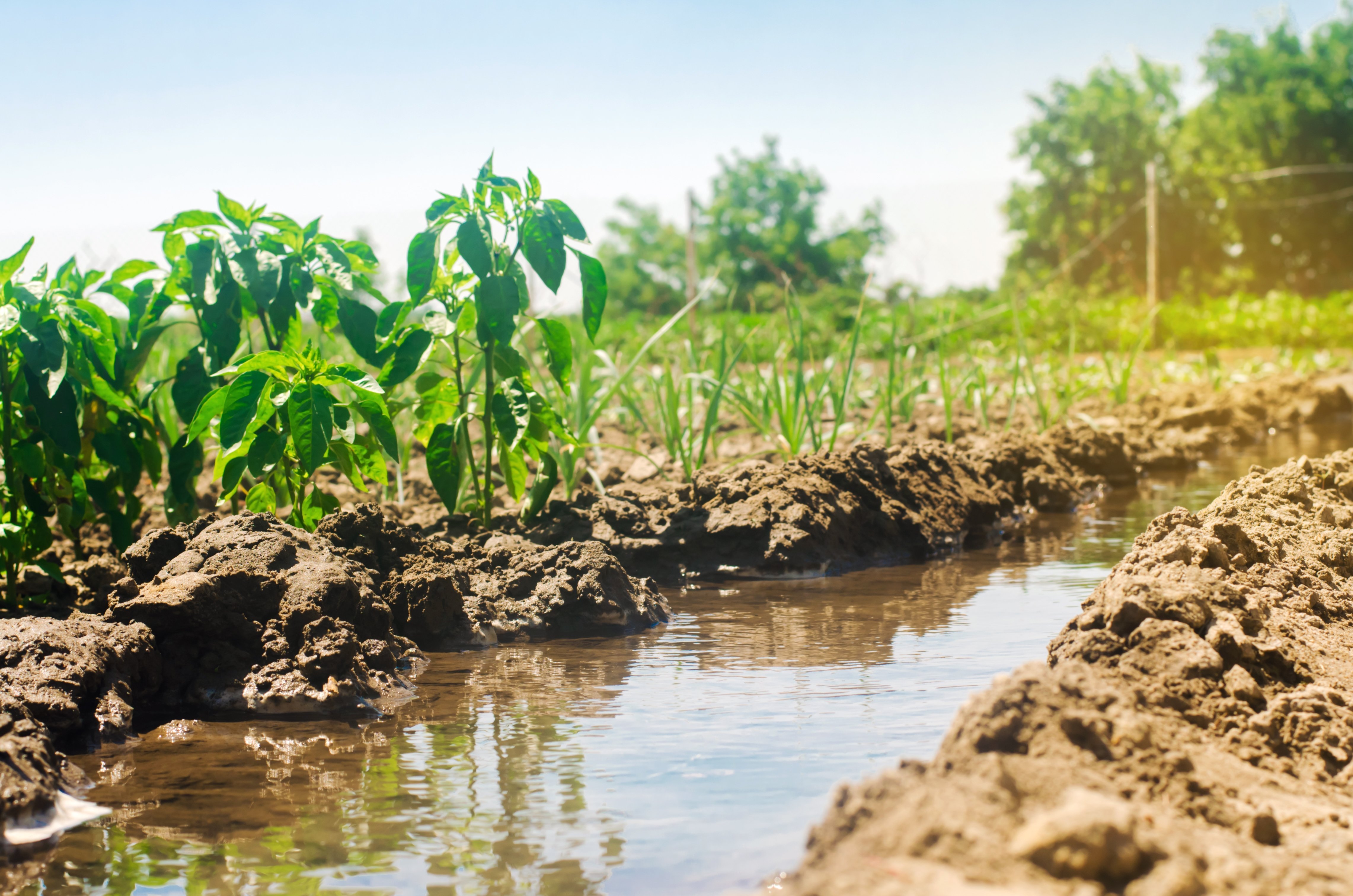
According to the report’s authors, it also absorbs 80% of the region's water. And if we take into account the Aral Sea basin, then this figure is even higher. The report says that 92% of the total water intake from the Syr Darya and Amu Darya, which is 104 cubic kilometers per year out of 116, goes towards irrigation.
Uzbekistan is also a leader here — 61.3 cubic kilometers. RK is in fourth place with 10.3 cubic kilometers.
Water taken from the rivers alone is largely consumed irrationally. The report provides the following figures: 43 cubic kilometers, or 40% of the water taken from the Syr Darya and Amu Darya per year, literally ends up in the sand. According to experts, the main reason for this is the deteriorating infrastructure.
The age of most irrigation facilities is about 50 years. The main channels are even older. They were built under the late rule of Khrushchev and at the beginning of the reign of Brezhnev, said Yevgeny Vinokurov, one of the report’s authors, EBD’s Chief Economist.
A possible solution to the problem is the renewal of irrigation facilities to reduce the scale of water losses. At least by 2.5% per year for the next five years.
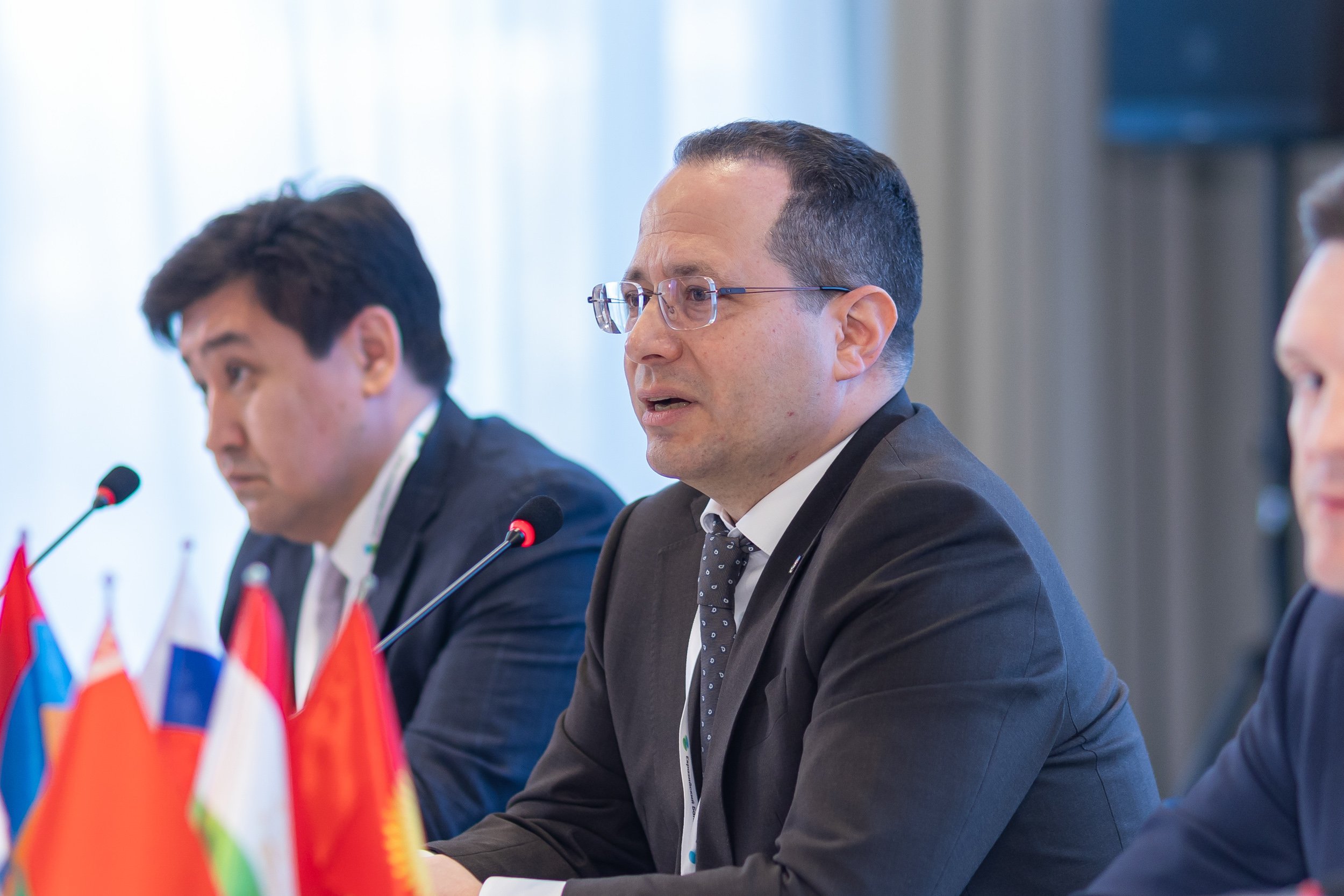
Afghanistan
In March 2022, the construction of the Kosh-Tepa canal began in Afghanistan. Water for it is drawn from the Amu Darya. The Taliban expect to use it to achieve irrigation of land in the northern provinces. At the same time, although they state that it will not harm other countries of the Amu Darya basin, experts believe that Kosh-Tepa will lead to a decrease in water flow to the main river basin by about 10 cubic kilometers per year.
The average drainage of the Amu Darya is about 80 cubic kilometers per year. And in low-water years, it can decrease to 40-45. It turns out that during such periods about a quarter of the entire river's water flow will go to Kosh-Tepa, says Evgeny Vinokurov.
The negative effect from the canal’s construction may overlap with the low-water period, which is projected to start starting from about 2028. According to experts, the water shortage in Central Asia can reach up to 12 cubic kilometers per year.
This may also affect Kazakhstan, despite the fact that the Amu Darya does not flow through it.
This will lead to serious problems in the lower reaches of the Amu Darya. We need to be realistic and understand that this will lead to increased analysis of water from the Syr Darya. This means it will affect all the states in the region, says Evgeny Vinokurov.
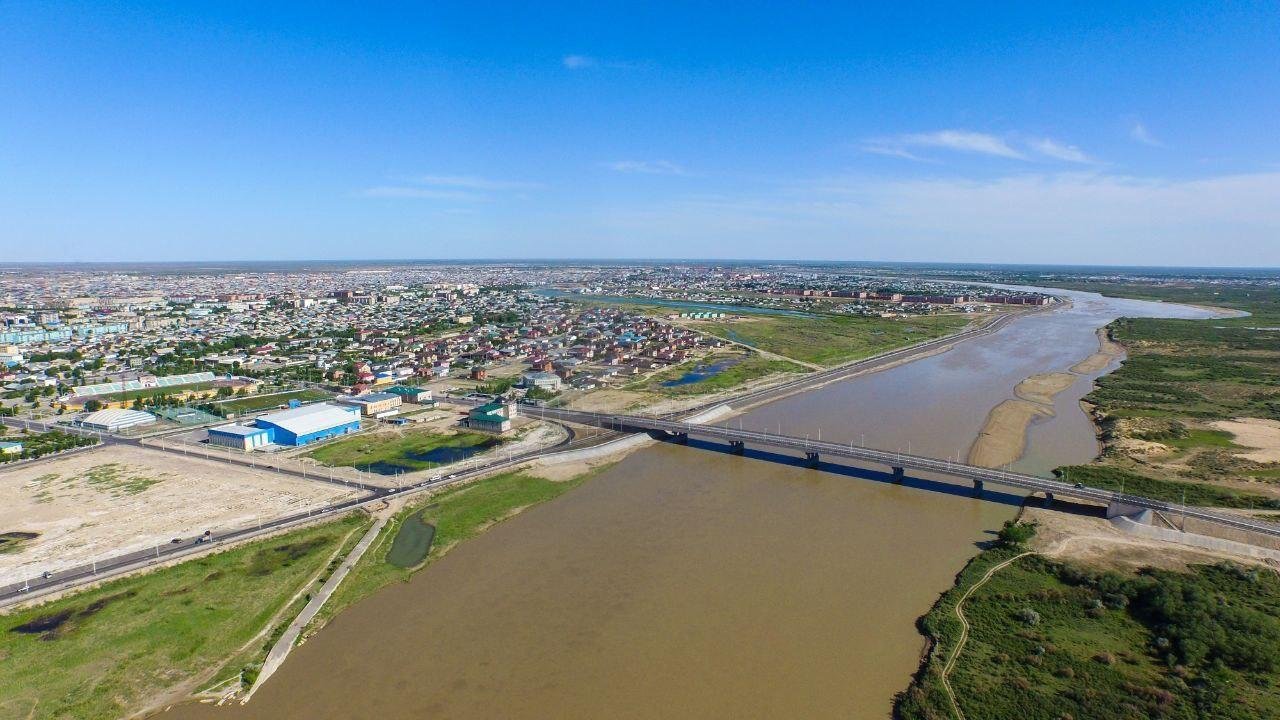
The Syr Darya in its lower reaches flows through Southern Kazakhstan.
To solve this problem, experts suggest seeking common ground with Afghanistan’s current leadership.
It is advisable to start thinking about offering Afghanistan a scheme of some kind of partnership in terms of water resources management. We realize how difficult this topic is, but we need to communicate with Afghanistan, says Evgeny Vinokurov.
Afghanistan’s inclusion as a full-fledged representative in the International Fund for Saving the Aral Sea has been proposed as an option despite the international status of the nation’s leadership.
Counting on Kazakhstan
The search for a compromise with Afghanistan is just single point through which experts have proposed to reduce the negative effect brought about by potential water scarcity in Central Asia. Some of them urge to strengthen cooperation in water and energy, including irrigation.
In particular, it has been proposed to create a Central Asian Water and Energy Consortium that could deal with both irrigation and water energy issues.
For several years now, the Water and Energy Program for Central Asia (CAWEP) has been implemented under the auspices of the World Bank, which has begun its next stage this year.
According to the report's authors, greater cooperation between the states of the region, development banks, and IFAS would make it possible to better solve the matter of investments in irrigation. This includes public-private partnership. The World Bank’s representatives, however, noted that at the moment combining efforts is no simple task.
All countries of the region agree to cooperate. But there is no mechanism for such cooperation. It is almost impossible to gather the ministers of water, energy, government leaders and someone from the Presidential Administration in one place and discuss the water and energy problems of the region, says Dmitry Petrin, coordinator of regional projects of the World Bank in Central Asia.
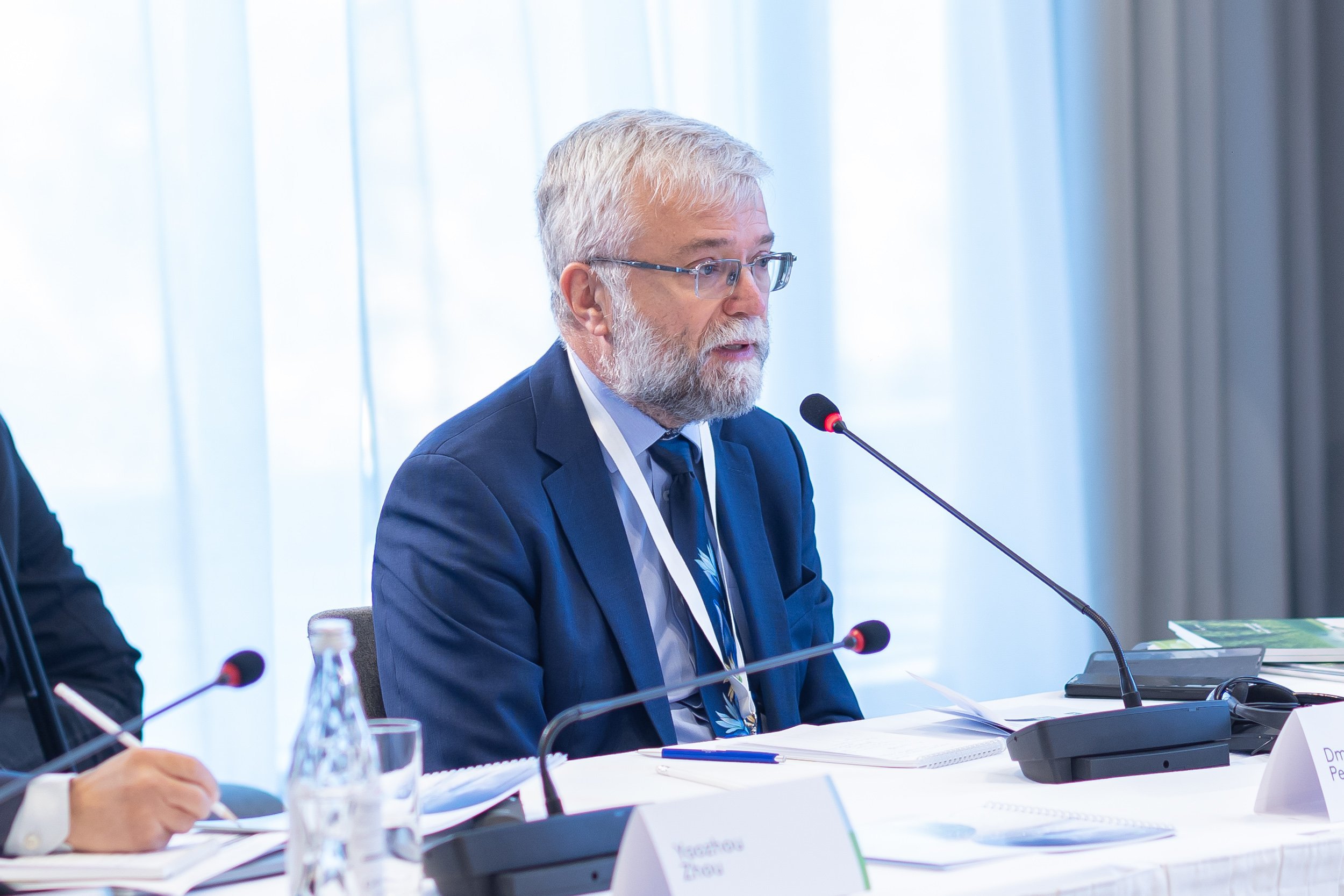
Petrin suggested that the reason for this may be the weakness of regional organizations working in the water and energy sector.
We very much hope that from next year, when Kazakhstan will chair IFAS, great progress will be made in solving both water and energy issues, Dmitry Petrin said.
Cost of Saving
EDB experts also offer more applicable solutions. For example, creating Central Asia’s own production of irrigation equipment. According to the aforementioned report, the Central Asian market is the fifth in the world in this direction. But when the equipment is being updated, it is purchased abroad. Up to $300 million is spent on it annually.
Another proposal is the transition to modern technologies such as more accurate consumed water metering. According to experts, this alone will save up to 12-15% of water.
These are new, again economical, technologies in an irrigation process, applied taking into account the peculiarities of local territory. Indeed, basal drip irrigation is best suited for Southern Kazakhstan, according to experts, whereas sprinkler irrigation functions in the same capacity for the rest of Kazakhstan. The laser leveling of fields is also efficient. The arable land in it becomes flat thereby allowing for the water to be distributed more evenly.
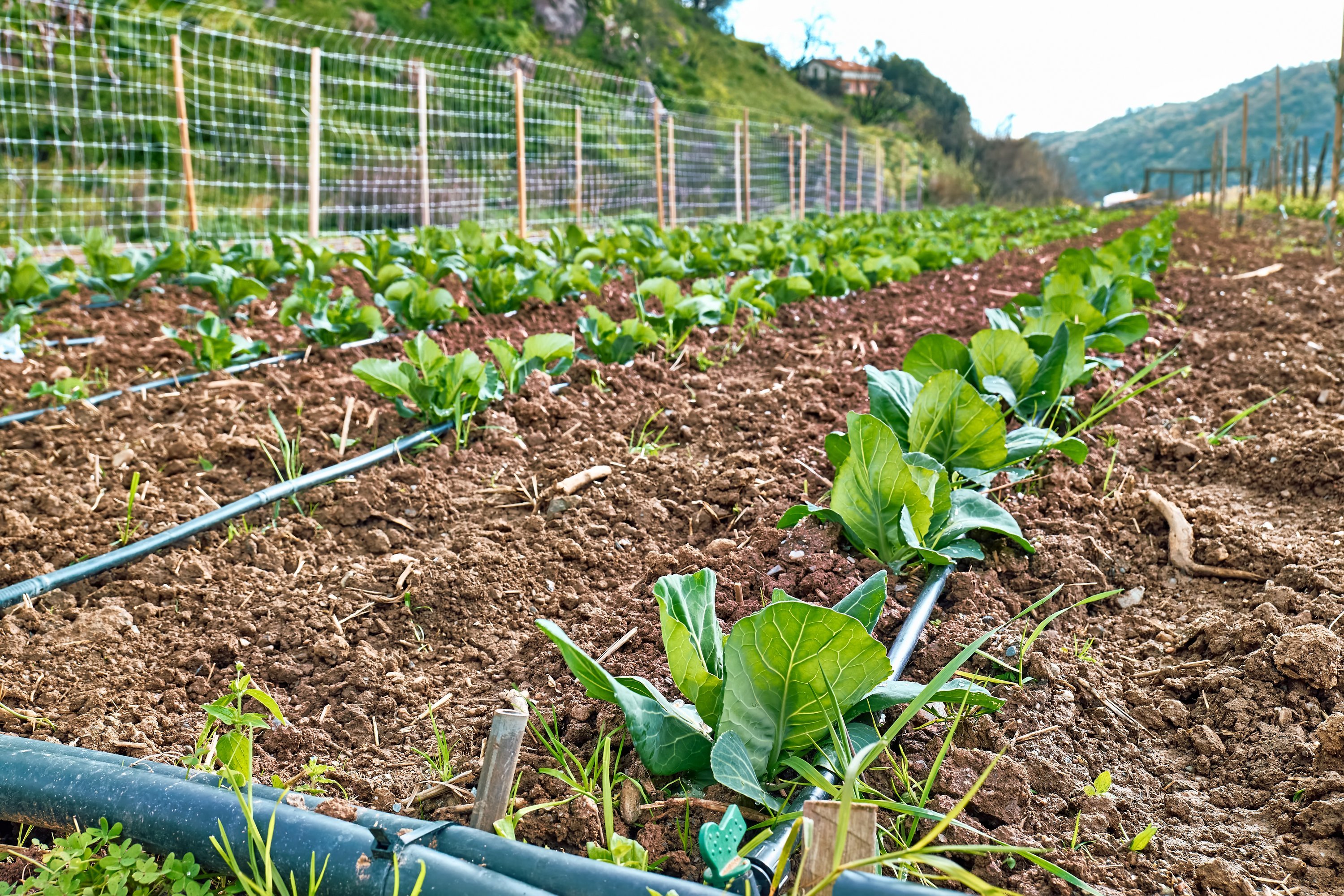
Yet the transition to modern technologies is a substantial financial burden for farmers, experts admit. A potential solution is through investments, which are gradually being recouped by increasing the tariff for irrigation water.
According to experts, the current tariffs are underestimated by at least four and a maximum of 15 times. Experts, referring to international experience, suggest that the state subsidize farms engaged in irrigated agriculture so there is less of a impact on them.
All that remains are negotiations between Central Asian governments and convincing farmers that it is more profitable to use new technologies than to get water from leaky channels and water the fields with outdated methods.
Original Author: Igor Ulitin
DISCLAIMER: This is a a translated piece. The text has been modified, the content is the same. Please refer to the original piece in Russian for accuracy.
Latest news
- Aqtobe Region: Life Sentence Issued in Double Homicide and Hostage Case
- Karakalpak Court Upholds Sentence Against Activist Extradited from Kazakhstan
- Former Qazseleqorgau Officials Sentenced in Corruption Case
- Deputy Commander-in-Chief of the Russian Navy Reportedly Dies in Kursk Region
- Toqayev Sets Priorities for New Transport Minister
- Armenian Parliament Advances Bill to Nationalize Electric Networks of Armenia
- Appeal Withdrawn in Alina Serikova Case, Sentences Remain Unchanged
- Toqayev and Nazarbayev Congratulate Lukashenko on Belarus Independence Day
- Armenia: Foreign Ministry Spokesperson Reaffirms Commitment to South Caucasus Connectivity Initiative, Recalls 'Crossroads of Peace'
- SK-Pharmacy Undergoes Management Shakeup Amid Scrutiny
- Supporting Farmers and Boosting the Economy: Bektenov Reports to Toqayev on Government Progress
- Final Ruling: Court Dissolves Perizat Kairat’s Charity Foundation
- From Station Cashier to KTZ Chair: Who Now Runs Kazakhstan’s Rail Sector
- Kazakhstan to Restrict Loans for Conscripts
- Details Emerge in Corruption Case Involving Former Vice Ministers and Credit Bureau Head
- Former Armenian President Serzh Sargsyan Faces Corruption Charges
- Tensions Persist as Azerbaijan Presses Russia on AZAL Investigation
- "Off Course": Exclusive Photographic Evidence and Analysis of Drones That Crashed in Kazakhstan
- Kazakhstan Temir Joly in Debt — But Posts a Profit. How Did That Happen?
- North Kazakhstan to Use 45 Billion Tenge from Returned Assets for Water Projects

